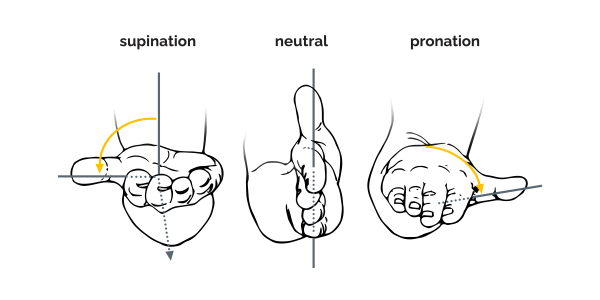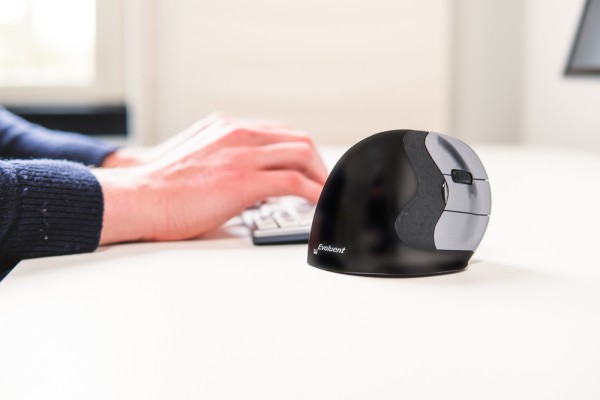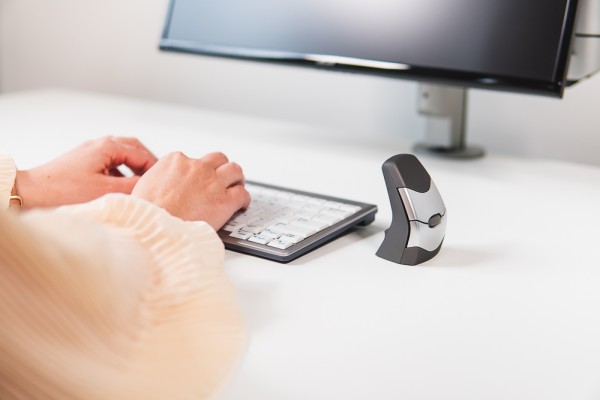Our solutions
By workplace
By function


There are several ergonomic mice that increase the comfort of mouse use. In addition, all of the species below lower the pronation, wrist extension and ulnar deviation to a greater or lesser extent. We explain three types of ergonomic mice.





Need help? We're here for you
Look at our FAQ or contact us
Many customers preceded you
Read about their experience with BakkerElkhuizen